Belgium is cycling country. Many people there are not only enthusiastic about numerous forms of sport cycling, but also pedal in everyday life. There are much more permissive regulations for riding an S-pedelec. At regular intervals, companies draw attention to themselves with smaller or larger technical innovations, such as Classified, whose two-speed rear hub found its way into the road bikes of the Tour de France within a very short time.
In view of this, it is hardly surprising that a new ebike drive that wants to shake up the industry was conceived in Belgium. Normally, the name of the drive would be mentioned at this point at the latest. But this time it’s not that easy. We can name the company that developed it. It is called E2 Drives and is based in Wavre, a small town in the south-east of Brussels. On its website, the company always refers to “the drive system”, “the motor” or “the ebike drive”, but never gives a name. E2 Drives is a subsidiary of Decathlon S.A., the French-based sports goods manufacturer. In the meantime, Decathlon has also introduced an ebike with this drive. And there, the power unit has also been given a name – Owuru. We currently do not know whether other ebike manufacturers are allowed to purchase the system from E2 Drives under corresponding licences.
Decade with ups and downs
But let’s stay with E2 Drives for a moment. This example clearly shows that perseverance and persistence sometimes do pay off. The story of Owuru begins in 2012, the year in which Arthur Deleval, founder of E2 Drives, applies for the first patents. At that time, a company still seemed a long way off. But better safe than sorry. The following year Simon Godfrind joins the project and becomes the second founder. They both envision developing a functional ebike drive that combines motor and gearing in one housing. They want to profitably license this concept to an interested manufacturer who will then produce ebikes with this system. In fact, in 2015, a company appreciates this proposal. However, the partnership ends without results and they go their separate ways again in 2017.
Nonetheless, Deleval and Godfrind are not discouraged by this. Quite the opposite. They are now working on plans for their own ebike, to be called Zest and based on their own drive. The first reports about it go through a few trade media in spring 2020. At the same time, the two developers enter into talks with Decathlon. In the same year, E2 Drives becomes part of the group from the neighbouring country.
Next unit consisting of motor and gearbox
Three years later, Deleval, Godfrind and their team, which has grown to a total of 20 employees, can present a drive system that seems to be absolutely in line with the trend of these times. All the more so after Pinion’s MGU made headlines at the Eurobike – a very similar system. What both have in common is the combination of an ebike motor with a stepless, automatic gear shift, which can also be integrated as a unit on the bottom bracket of a pedelec. Both coordinate cadence and motor power. In the case of the Owuru, you select a certain cadence, which is then kept constant as a target value while riding.
While Pinion’s MGU consists of a gearbox and a motor, Owuru includes two motors and a planetary gearbox. Two synchronous belts ensure that the motor axle and drive axle interact as harmoniously as possible. As a result, the system shifts automatically and steplessly. According to Decathlon, any level of assistance is available in any gear ratio, with a maximum of 375 percent.
Not quite on the same level as Pinion
In terms of gear ratio, Owuru lags behind the MGU by quite a bit. Its range ends at 265 per cent. An MGU with a 9-speed gearbox comes to 568 per cent, and in the case of a 12-speed gearbox, the figure is as high as 600 per cent. In terms of torque, the two systems are closer together. Decathlon quotes 65 Newton metres as the value for its first ebike with the Owuru. According to E2 Drives, the value can be increased to 120 Newton metres at peak. Pinion determines the torque differently than the competition. However, the manufacturer says that its value would be in line with the 85 Newton metres of other manufacturers.
Like the MGU, Owuru operates on a voltage of 48 volts, generating the usual 250 watts, which can increase to 600 watts for a short period of time if required. The power is transmitted from the drive axle to the rear wheel with the help of a classic chain. At the front of the chainring, the chain also runs over a total of three pulleys, two of which are in a conventional derailleur cage and ensure permanent chain tension. How smoothly, quietly and with little wear this runs compared to Pinion’s solution cannot be judged from a distance. At least the MGU with its carbon belt and the single pulley seems tidier than the E2 Drives concept.
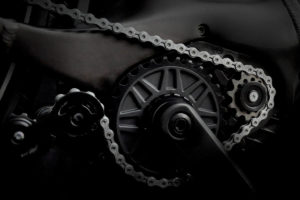
Chain instead of belt is the name of the game on the Owuru from Decathlon compared to the MGU from Pinion.
You can choose between Eco, Standard and Boost riding modes. In addition, there is a walk mode that makes it easier for you to push the bike.
Technical specifications of the Owuru from E2 Drives
- Power: 250 W, 600 W maximum
- Motor torque: 65 Nm, 120 Nm maximum
- Support level: 375 percent maximum
- Gearshift range: 265 percent
- Motor processing speed: 20 kHz
- Power source: 48 V
- Weight: 4.6 kg
More versatile than perhaps thought
So, while the idea and design originated in Belgium, the actual production takes place in France. Of course, this is primarily because Decathlon also builds its ebikes there with the Owuru. With the B’TWIN LD 920 E automatic, the first has become an all-rounder. Its complete equipment with mudguards, rear rack, light system and kickstand in combination with the geometry designed for an upright riding position make it a typical city ebike. However, if you replace the tyres with a more off-road model and make full use of the headshock suspension fork, you have an acceptable trekking and touring bike. The motor will hardly be fully utilised in city traffic. With an adjustable cadence between 40 and 90 revolutions per minute, it can also be ridden very sportily, if that is what you want. And the rear rack is approved for loads of up to 27 kilograms, which opens up some options for panniers and other accessories.
Good components and attractive price
Decathlon opts for a colour display with touchscreen integrated into the stem for operation. Unfortunately, no pictures are available yet. The display should show you the time, the battery status and your selected support level at all times. Other screens show you the cadence, the remaining range, the distance covered and the current cycling speed. An integrated USB C charging port should prove to be extremely practical, allowing you to connect external devices and supply them with power while riding.
Basically, the B’TWIN LD 920 E automatic is a typical Decathlon bike. Many parts were developed in-house and thus produced cost-effectively. This includes, for example, the battery integrated in the down tube. Its capacity of 702 watt-hours should enable a range of between 80 kilometres and 150 kilometres.
Two versions of the aluminium frame are available – one with an only slightly sloping top tube and one with a more steeply sloping top tube, called “high frame” and “low frame”. Decathlon offers the former in sizes M, L and XL. The second will be available in sizes S, M and L. As for the colours, you can choose between a matt, darker green and an equally matt brown shade called “Marron”. The price of just 2,999 euros is quite remarkable. Especially since it also includes a permanently installed GPS tracker.
- Decathlon B’TWIN LD 920 E automatic as low frame in the colour Marron
- Decathlon B’TWIN LD 920 E automatic as high frame in the colour Green
Pictures: E2 Drives, Decathlon Deutschland SE & Co. KG
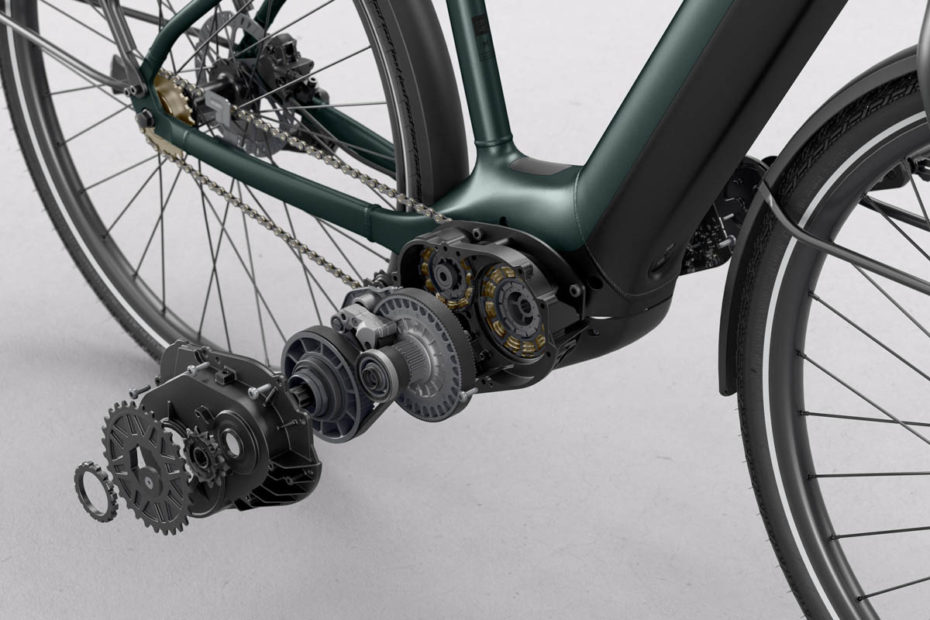
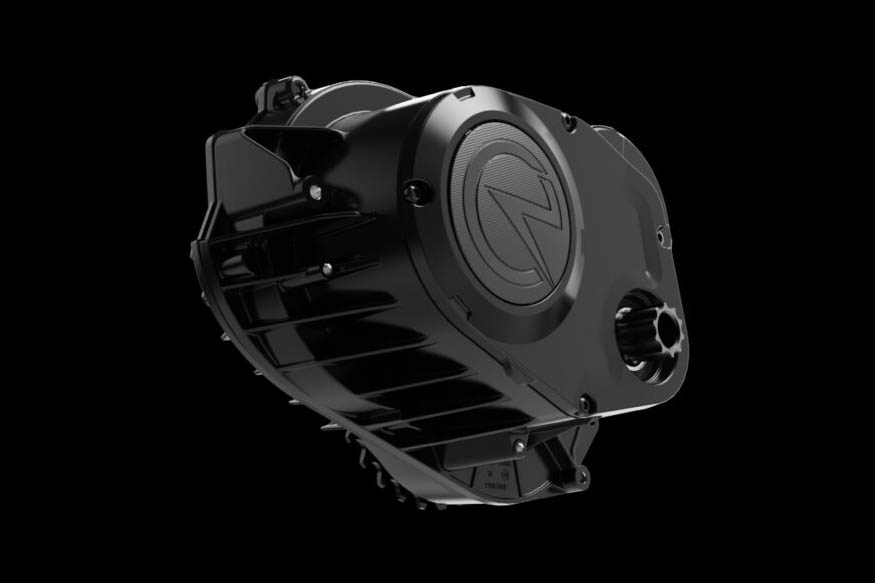
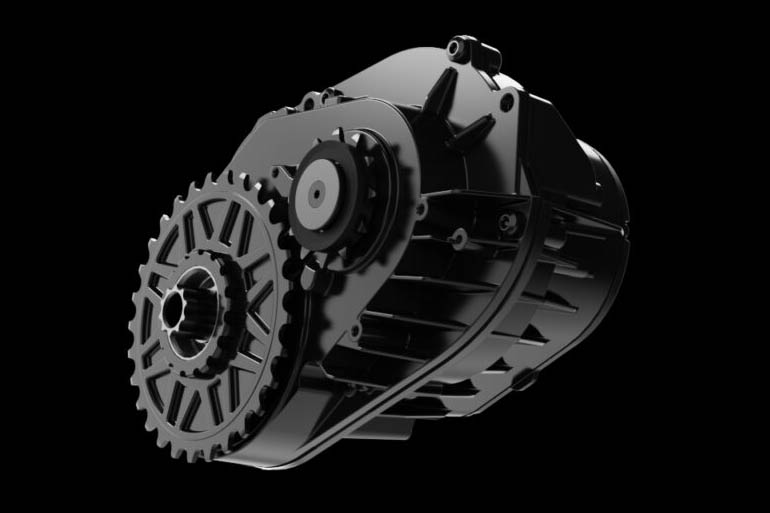
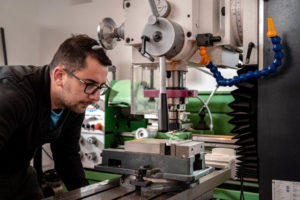

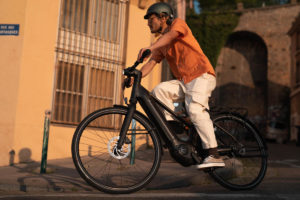
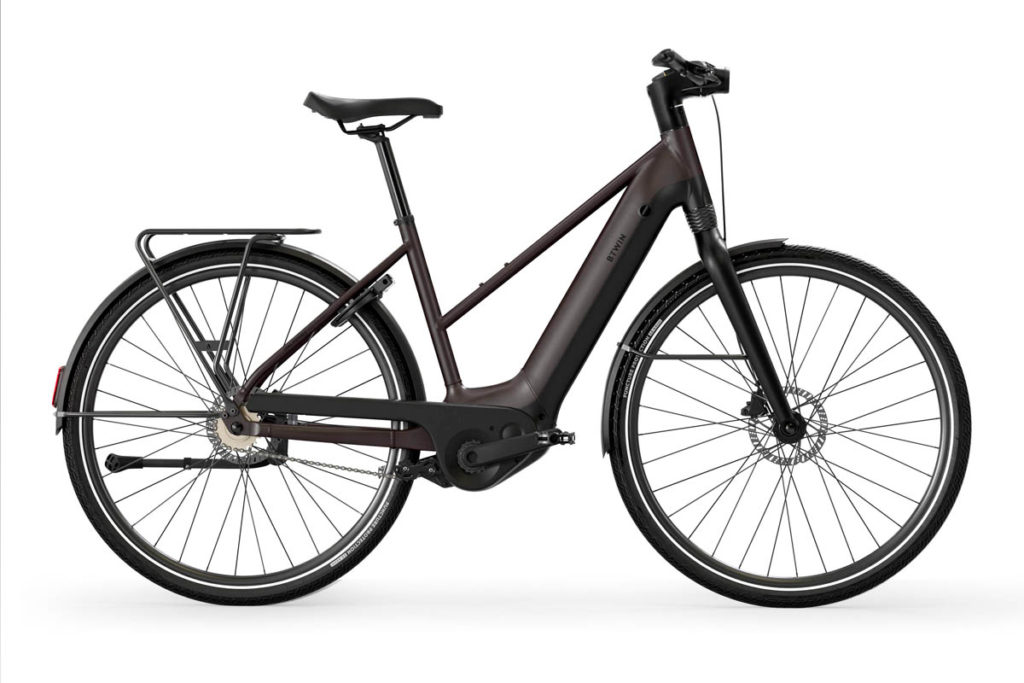
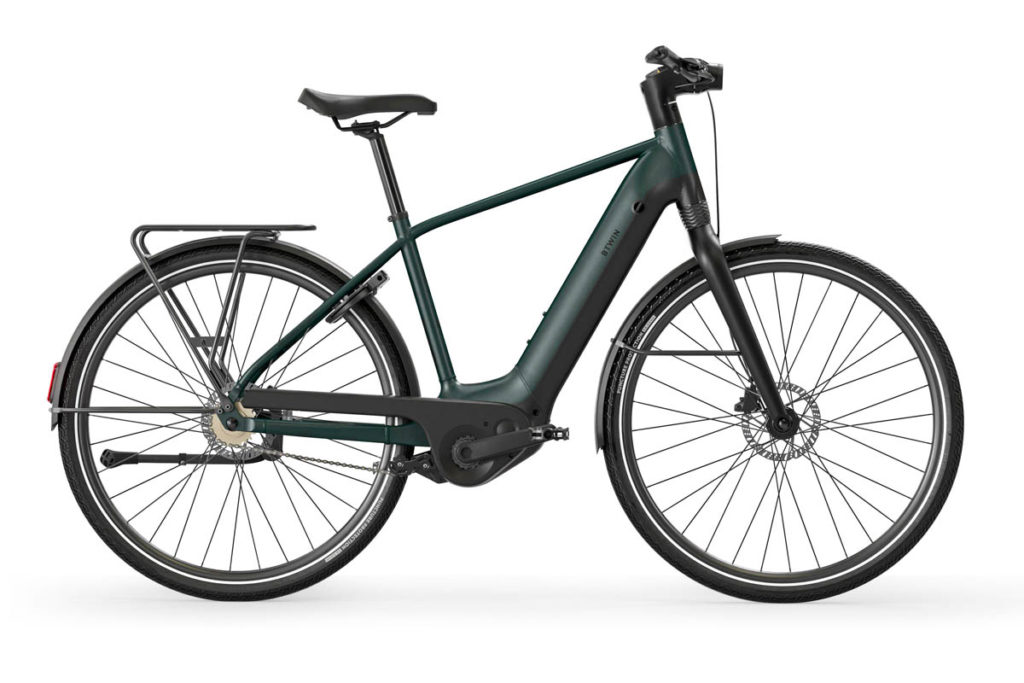


I need mor information abati de byke
Thanks
Hi,
All we know is in the article.
Thanks